Rationalisation was the name of the game in the British car industry during the 1960s. It had already seen the huge BMC (British Motor Corporation) merge with Jaguar in 1966, and then Jaguar boss William Lyons was faced with slimming down a range of four separate saloons into a single model. This is where the XJ came into the equation and became the backbone of the sporting luxury firm.
Plans for the XJ were already afoot in the early 1960s. Lyons, ever the astute businessman, knew it made more sense to have a single model that served multiple purposes. He was also a dab hand at using as many parts as possible across the whole spread of Jaguar models, so the E-Type benefitted from a new dash as development of the XJ continued. The E-Type also served as a test bed for the company’s V12 engine, which would land in the XJ in 1972.

The XJ6 arrived in 1968 and replaced the 240/340, S-Type, and 420 in a single swoop. The vast 420G saloon lingered in the sales charts until 1970, but few bought this model when there was a long-wheelbase XJ6L on offer with four more inches of rear legroom than the standard XJ6 saloon. Inside, the XJ had all the wood and leather expected of a Jaguar, and customers could add luxuries such as air conditioning, electric windows, and Sundym glass (which was standard on the most opulent Vanden Plas version).

Power for the XJ6 was another of Lyons’ cost-conscious decisions as he stuck with the XK straight-six engines, even though the V12 was in the pipeline and he could have opted for the V8 engines that came as part and parcel of Jaguar’s acquisition of Daimler. However, the smallest 2.4-litre XK engine was passed over in favour of a 2.8-litre version as the entry point to the XJ range. It was aimed at tax-wary company drivers, but its 140bhp was enough to take the XJ from rest to 60mph in a decent 11 seconds and on to 117mph. It was the 180bhp 4.2-litre engine, however, that made the XJ the prestige express it was meant, with 0–60mph coming in 8.8 seconds and a top speed of 124mph. When the 5.3-litre V12 arrived in 1972, it provided 253bhp for 140mph and 0–60 in 7.4 seconds, making the XJ the fastest four-seat saloon car in the world.

In 1973, Jaguar updated the XJ6 as the Series 2, with a slimmer grille and revised dash. Two years after this, a 3.4-litre six arrived as the entry-level engine and Jaguar added a two-door coupe to the line-up as the XJ12C, with 4.2-litre versions of the coupe also offered. For the UK market, the six-cylinder engines resolutely stuck with carburettors even though US-spec cars gained fuel injection. Jag did give the V12 injection, though, which boosted power to 285bhp, even if fuel economy remained at a sobering 13.2mpg. The only other significant change for the S2 was a 1977 swap from the BorgWarner three-speed automatic gearbox to a GM400.


The Series 3 XJ came on stream in 1979 with a higher roofline but overall sleeker looks. This restyle was by Pininfarina and the first time a Jaguar had been shaped outside of the factory gates. Flush door handles, impact-absorbing bumpers, updated interior, and revised lights all gave the XJ a new lease on life that would see the XJ12 last all the way until 1992, with power up to 295bhp. The 3.4- and 4.2-litre models lasted until 1987, when the new XJ40 generation was launched, and by then Jaguar’s rational approach had paid off handsomely, with almost three quarters of a million Series 1/2/3 XJs produced.
What’s an XJ like to drive?

At its launch in 1968, the XJ6 was hailed as the best car in the world, which certainly upset Rolls-Royce when the upstart XJ cost a third of what you’d pay for a Silver Shadow. The reason for the XJ’s rapturous welcome was not down to its supreme value, but because it really was brilliant. It covered uneven ground in a way that left its occupants unaware of how poor the surface was, and noise was filtered out thanks to the use of subframes that isolated the cabin from exterior interference. There was also plenty of insulation to ensure the lusty XK and then V12 engines remained but a distant whirr, even when being worked hard.
Today, the XJ still ranks as one of the most refined ways to travel, though you will notice a bit of wind noise around the front pillars compared to modern luxury cars. However, the fact this range of XJs bears comparison with far newer machinery speaks volumes about how good it was when new. So long as the Jaguar’s suspension and subframe bushes are all in good condition, it will be a delight all the way up to autobahn pace.
You’ll also find a good XJ handles very well, though the steering is generously assisted and doesn’t offer a huge amount of feedback. This is far from a deal breaker in a luxury saloon and, next to a Rolls-Royce Silver Shadow, the XJ feels positively compact and nimble. Strong disc brakes all round help the Jag stop well, while the three-speed automatic gearbox should be smooth. There are more manual transmission cars around than you’d imagine, as autos were not the default choice for many buyers in the 1970s, and they make for a very capable sporting saloon. If you find a manual XJ with the optional overdrive fitted, it is also a great high-speed cruiser.
If your wallet can bear the strain of fuelling the 5.3-litre V12 engine, it’s a beguiling choice in the XJ. Peerlessly smooth, effortlessly powerful, and elegantly refined, the V12 propels the Jag with ease and calm. This isn’t to say the six-cylinder cars are gruff – they most definitely are not, and a 4.2-litre XJ will keep pace with the V12 in most situations.

No matter which engine you decide on, the XJ’s cabin is one of the best to spend time in. The mix of materials and ambience are very 1960s, even in the later S3s, but with more comfort. Rear legroom in the shorter wheelbase models can be a consideration if you’re going four-up with adults in all seats, but the long wheelbase addresses this issue admirably. There’s also a big, albeit shallow, boot, so longer trips are one of the XJ’s fortés.
How much does an XJ cost?


Buying a Series 1, 2, or 3 Jaguar XJ need not break the bank, as you can still find running and driving cars from around the £3000 mark. The 2.8 and 3.4 models are least loved and so they are the cheapest. A 2.8 in top condition should cost around £10,000 going by the Hagerty Price Guide, though concours examples will fetch more. Find a show-ready 3.4 of any age, and it will be closer to £14,000.
There’s more variation in the values of the 4.2-litre XJ cars you’d want to own. Figure around for £2500 for an S2 or S3, while the early S1s are more desirable and you’ll pay near £4000 for one you can use. At the other end of the scale, superb 4.2s can make as much as £23,000 for an S1 and not much less for the later models.
Moving on to the V12-powered XJ saloon, it’s the one most enthusiasts aspire to and this pushes up prices. You’ll need £5300 to own a working car that needs improvement, while an immaculate S1 could cost up to £26,000, as they are much rarer than the S2 and S3 cars. Even with the later generations, you’ll pay £21,000 for an S2 and £15,000 for the S3 to own the very best of these versatile, appealing cars. Daimler-badged variants of the XJ cost the same as those with a Jaguar badge.
Turning our attention to the two-door coupe, the 4.2 XJC6 now commands nearly £36,000 for the smartest cars, as collectors have long since wised up to its attractions. Even a good car that needs some work will cost from £12,000. For the V12 coupe, values are higher still, and a show-winning car will nudge £40,000 easily, while eminently usable cars are in the mid-£20,000 bracket.
What goes wrong and what should you look for when buying an XJ?

Regardless of what year XJ you are thinking of buying, body condition is the number one consideration. These are large, complex cars that can be fiendishly expensive to restore if rust has taken hold. You can get a lot of panels to replace crusty ones, but they can be costly, so a rotten car can quickly become a financial rabbit hole.
All of the usual rot spots are where you need to check with the XJ. This means getting on your hands and knees to inspect the inner and outer sills and their closing panels, front and rear valances, floor pans, chassis rails, door bottoms, wheel arches, bumpers and supports, and fuel tanks. You’ll also need to check the front wings around the headlamp surrounds, the bonnet and its hinges, door pillars, sunroof edges, and the crossmember beneath the radiator in the engine bay. When all that’s done, you still need to have a look at the boot lid and spare wheel well for any signs of corrosion, and around the front and rear screens. Rot in the subframes and rear suspension radius arms will need the car on an inspection ramp, so it’s worth putting it through an MoT test to check these areas.
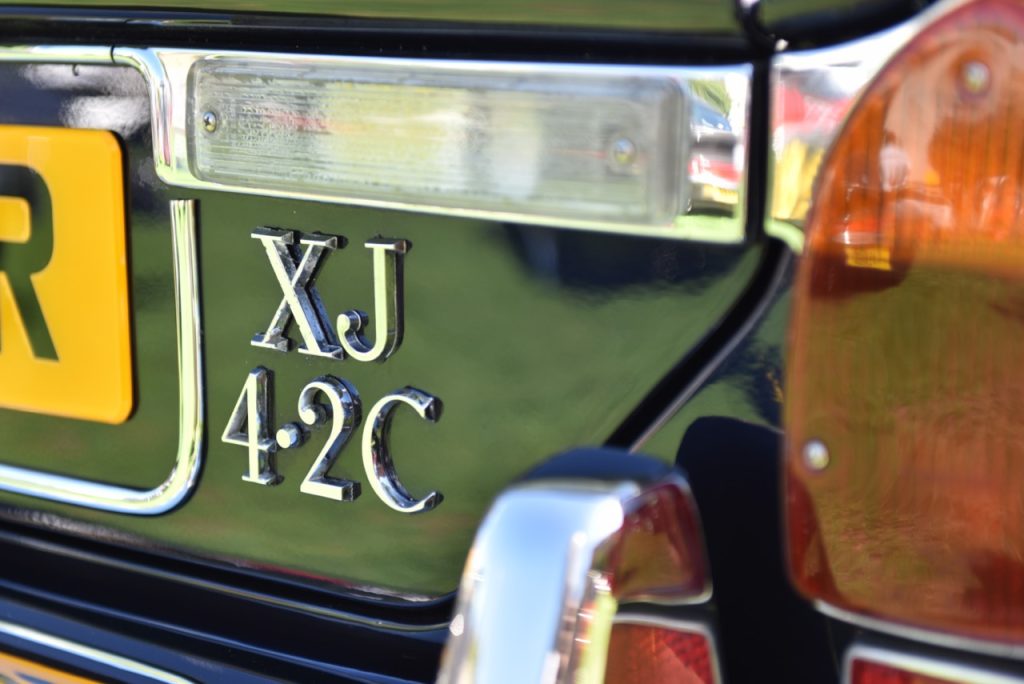
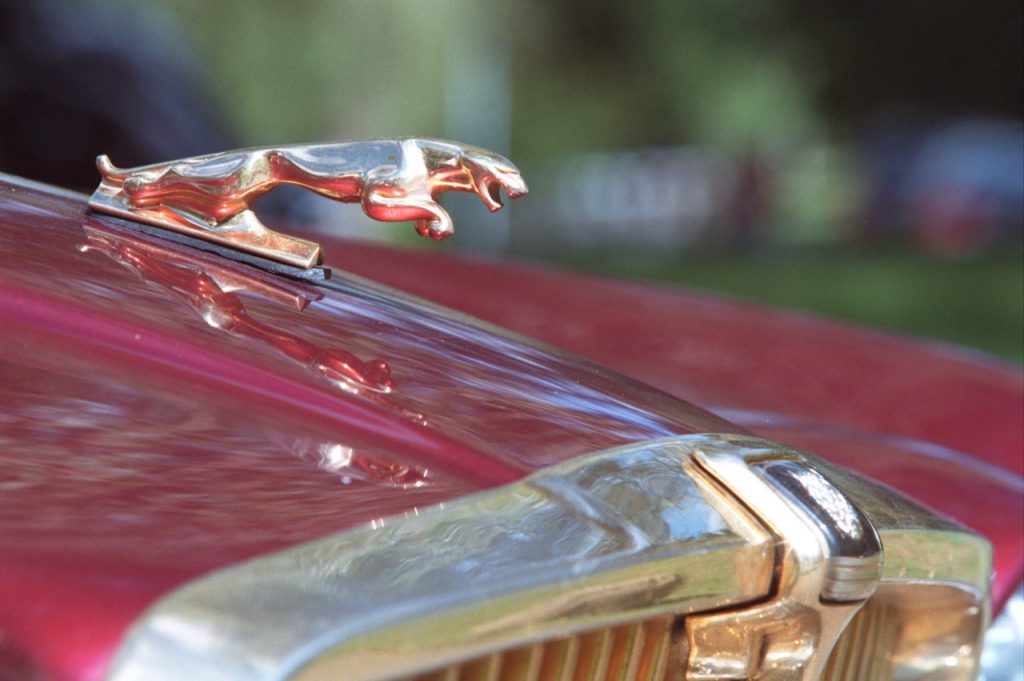
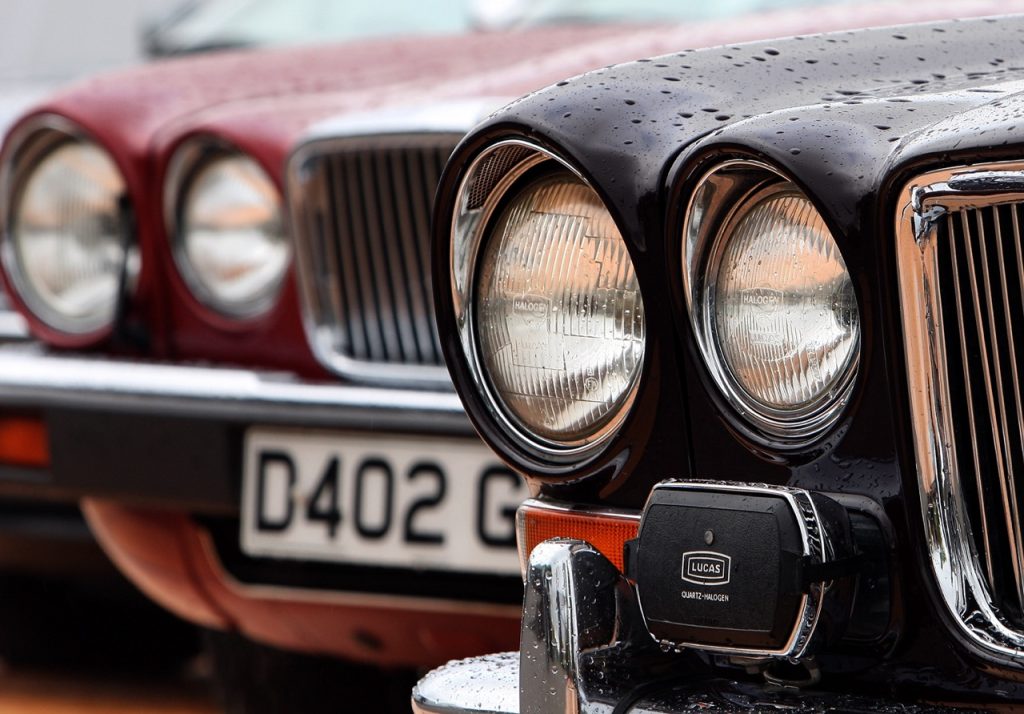
The complex independent rear suspension is expensive to rebuild properly, and it comes with in-board rear disc brakes. Any knocks or feeling of looseness at the rear points to wear, so budget for all new rubber bushes. The same applies to any vague sensation from the front suspension and steering.
The good news is that the engines and transmissions are robust. XK straight-six engines use a little oil in normal use, so don’t fret about that. However, make sure the timing chain is not rattling. Also check the engine has had regular oil and coolant changes with the correct fluids, as this motor can become clogged up and result in overheating and blown head gaskets.
The V12 lasts very well, but the timing chain, oil, and coolant need to be checked just as with the XK. Any oil leak from the V12 is most likely from the rear main seal, and this is a common issue on the XK motor too.
Poor gear shifts with the automatic gearboxes are most likely due to them needing a fluid change, or the transmission mount’s rubber bush has perished. Replacing both of these items should quickly restore the XJ’s smoothness.


With so much wood and leather inside an XJ’s cabin, it pays dividends to find a car with a well-cared-for cabin. Leather can be treated and re-coloured at home if it’s not badly cracked or split, but wood veneers generally need the attention of a professional to restore their lustre. When checking the interior, make sure all of the electrics work, and the air conditioning, too, if fitted.
Which is the right XJ for you?

The three series of Jaguar XJ each have their own distinct looks and, consequently, their own fans. Which appeals to you is down to taste. However, for those less fussed about this, the S3 offers the most opulent cabin, better build quality when new, and more efficient engines. The S3 is also the most numerous XJ of this group, making it more affordable and easier to find.
The Series 2 XJ was the unloved sibling for a long time, overlooked for its associations with the strife of the Leyland period of ownership in the 1970s. Now, it’s coming into its own, helped along by the enthusiasm for the coupe version based on the S2. For some, though, the purity of the S1 will always win out as its cabin is the near perfect blend of traditional Jaguar charm and modern usability.
When it comes to engine choice, many are lured in by the smoothness of the V12 and its status as the ultimate version of the XJ. That said, on a long journey, the difference between the official combined economy figures for the Series 3 V12’s 16.3mpg and the 4.2’s 22.0mpg adds up to quite a saving.

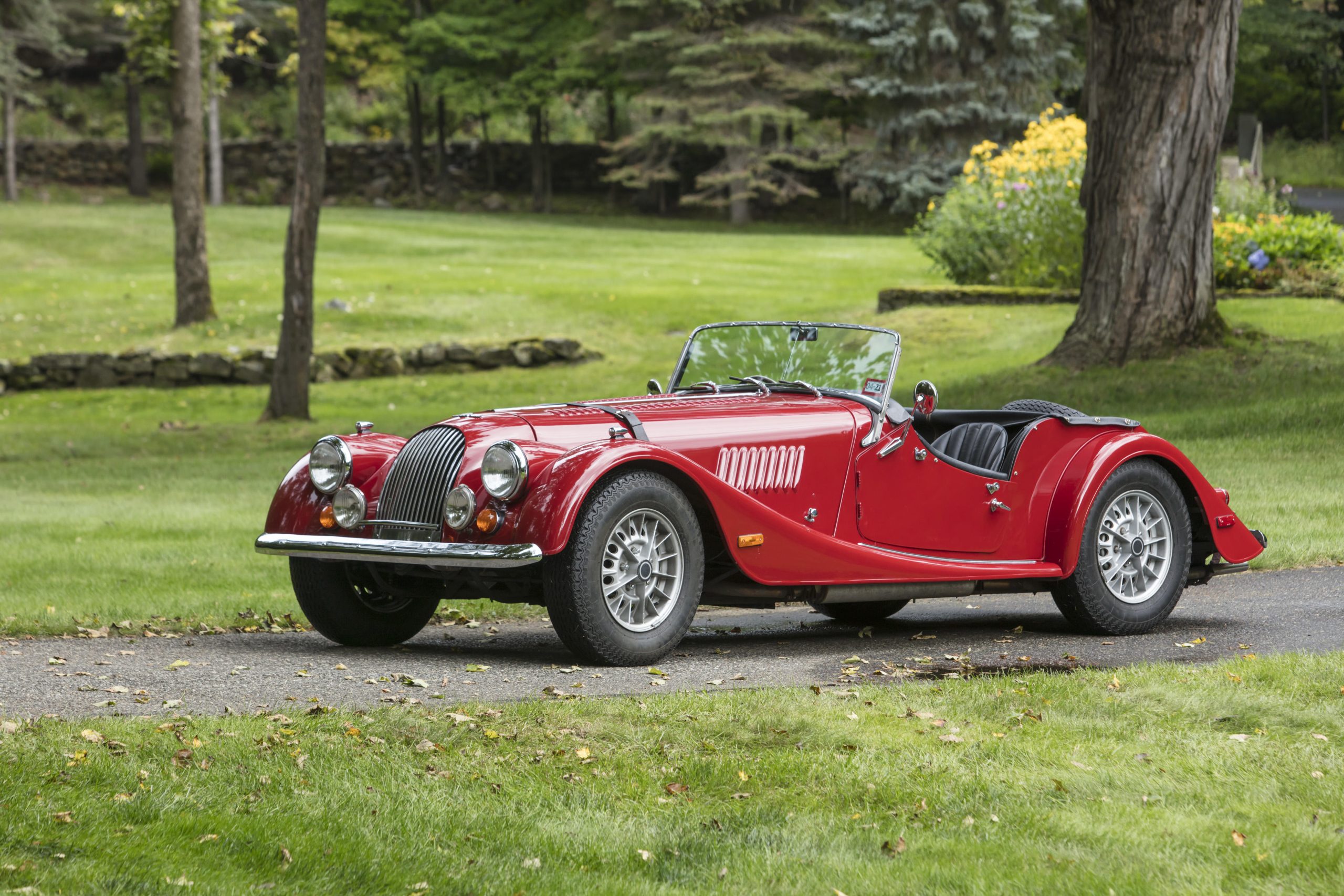
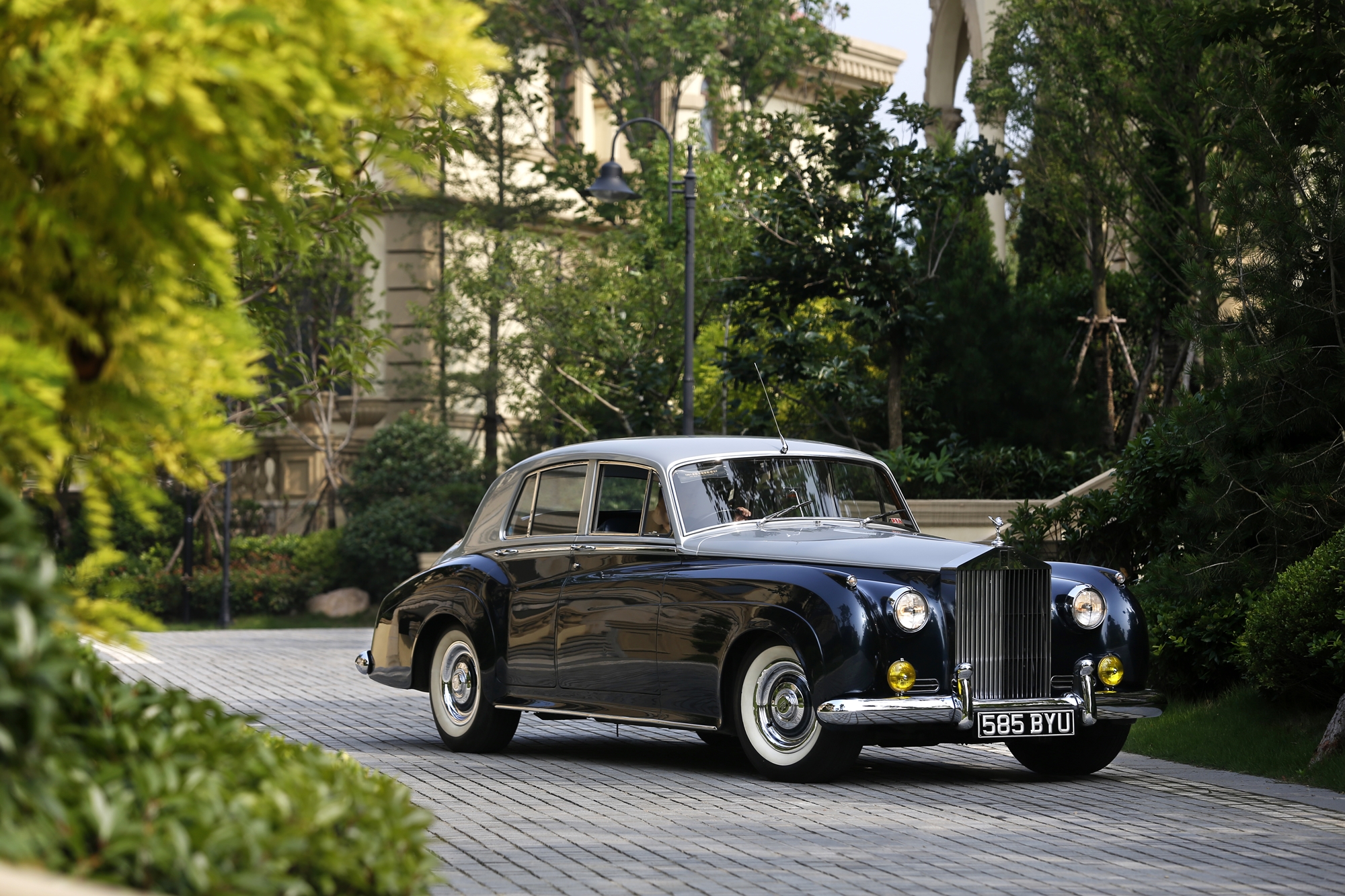







I don’t remember seeing the coupe shown here, and we had a 4.2 regular car from new in 1970
Why not say anything about xj40 or xj81 ?? Which saved jaguar. 🤔
I have a Jaguar Executive V8 3.25th Reg 21 July 2001 Aqua Green Auto with drop down sports gearbox. Mint condition 81,000 on the clock
A friend who dumped his S-Type for an XJ6 told me he could do 40mph round Hyde Park Corner in it. ‘Nuff said!
“XJ40 – a real drivers car” – Fast Lane magazine circa 1988. I have a 1994 XJ40 4.0 Sovereign and it handles very well.
Not a show car but still pretty solid and very capable. Will be tackling the Highland 1000 in it very soon.
I have last X350 Daimler 2007. Aluminum XJ 4.2 supercharged. Unbelievably good. Had 1976 XJ from new which was a great car compared to anything. Now got 420 G , 240, E type etc etc. JAGS ARE GREAT.
I have used jaguar xj6 during 1970s. It was very nice to drive. Never had any problems except for the rust and we had to scrap it. Today I have a XJ8 4.2. It is a later model but very fuel efficient for a large engine.
I have a xj 32 sport 1996 I had it23 yrs just done88ooo miles drives like a new car never had a moments trouble I’m 76yrs thinking of selling my cherished car green metallic in perfect working order just got a job to get out of it with my aches an pains it wants a good home..
Having had two series 3 4.2 and a Daimler XJC 4.2 I now have a 97 X300 4.0 sovereign and adore it recently did 1600 kilometres from Spain to France in it paid €3,000 and at 61 years of age it will see me out.
One of the cheapest cars I’ve ever bought but probably the Best too.
Hey Guys,You’ve just to love What Jaguar have blessed Us with over the years from its Inception through till Now…And
this is Said with all due respect to “ALL” IT’S Opposition Car Manufacturers..IE..
German,French,Italian,Sweden,Japan, American,Russian,Korean,China, But as
Much as MY Love of Cars go, JAGUAR
Wins the Day for Me..Ands at 80± and
Still Enjoying Driving My collection of Petromania, the likes of BMW, VOLVO, AMG E55+C32,MERCEDES S600, Along with My XJ JAGUARS,97 LWB.X300. Pearl White,My 2009.Pearl White with Fawn/Int,LWB.X350.S/C,And FINALLY MY MOST FAVOURED XJ..My LWB.(X351) 3.0L.S/C.Tss..Even though it is NOT the V8.S/C. I LOVE IT..BLACK PEARL(saph) With Fawn Leather Upholstery (TOPS)
Happy days at Balmforths of Ormskirk and its garage on Burscough St. Ormskirk where I had a part time job in the early 70’s. One customer had an XJ6 4.2 and I always remember one Friday afternoon when he arrived on the forecourt and proffered a £10 note, telling me to “fill it up!” Petrol then by the way was 34p a gallon for the old 5 star….
Visited the excellent British heritage museum at Gaydon they have the Jaguar heritage collection from the earliest Swallow side cars to the very latest cars and everything in between well worth a visit.
Roger I remember that dealership in Ormskirk also Timberlakes of Wigan , used to sitting in the Jags in their showroom in the seventies as a child viswith my parents
I own a 1955 Jaguar Mark VII M in British racing green and sherwood green. That car has an XK straignt six engine. It is in prestine condition and has covered the whole of Europe breaking down in Switzerkand and France during its numerous European journeys. The rear axle went in Swizerland and the car had to be flown back to England for remair ounder the then AA Five Star Continental Scheme. It is still being used and insured with my 1965 MG “B” with Hagerty. Throiughout its life it needed many repairs and like the MG “B” rust is a problem with the bodywork. Sils had to be replaced often. My best car is the 1980 350SE Mercedes which has never needed any repairs. It has a beautiful V8 engine and a sunshine roof as does my Jaguar except that the Jaguar sunshine roof is manual whereas the Merc one is electric. The Mitsubishi Colt mirage hatchback of 1984 is my fourth classic car and has been trouble free throughout. The worst of my classic car collection has been my 1996 Rolls Royce Silver Spirit III. Indeed a beautiful car but very troublesome because of its appalling electronics, namely ECUs (Electronic Control Modules) Once the ECUs had been disconnected it ran perfectly. Each of these cars are in prestine condition and will be donated to a car museum soon. I have enjoyed owning them inspite of their troublesome demands. The Jaguar ranked in the middle (with three times round the clock mileage) of the troublesome scale, with the top of the scale being the Mercedes (28,000 miles on the clock) and the worst the Rolls which only has 18,000 on the clock. I shall miss those cars which have formed part of my life in spite of the mechanical failures experienced with some of them.
I have had in my time XJ2.8 S1,
XJR 3.6, XJ12C chassis no.6, E type S2 4.2
Now at present 2003 XJ8 4.2 20 years old, used every day.
Also XJS 3.6 manual 1988, 42k from new. All wonderful cars in their way, all received a lot of good comments when used.
Regret selling the XJ12C, but got the XJs in exchange.
Will always run Jags
I learnt my car control as a Jaguar apprentice at Brown’s Lane in the late seventies – I was pretty wild as a youth, and it ended with a career-changing shunt – inevitably. But the cars were beautiful to drive – especially the twelves. The atmosphere in the factory at the time was toxic – the unions had the business by the throat, I remember. Desperate shame for one of the most iconic brands in the industry. In recent times I was involved in the launch of the iPace at Portimao Rce Circuit – still one of the nicest EV’s I have driven. Iconic brand.